A digital tool proposed to re-boost the economy of Ciutat Vella, Barcelona
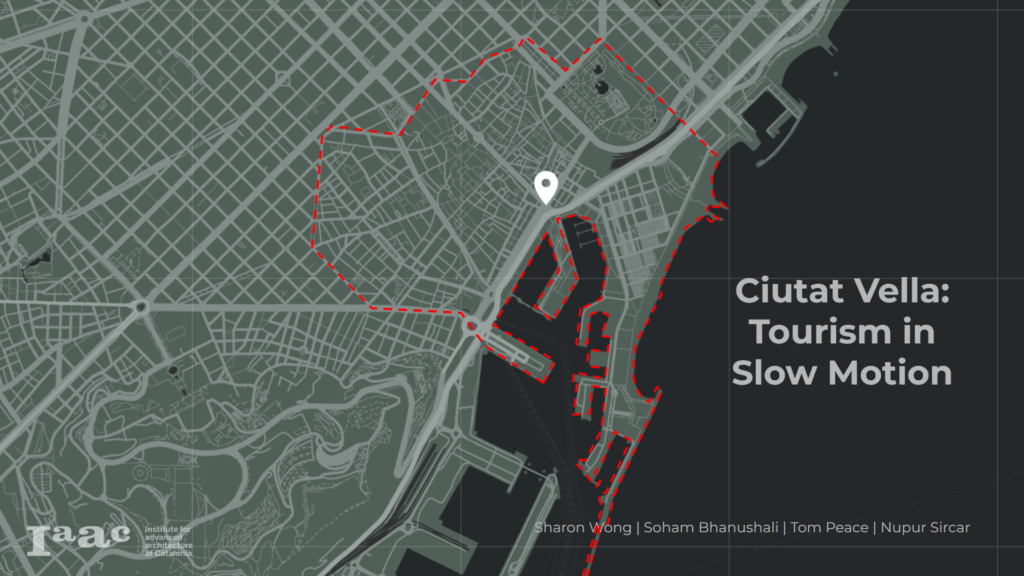
Overview
Ciutat Vella being the oldest district of the city of Barcelona was founded in the 1500 BC. The Ciutat Vella district was a very important economic hub for Barcelona. But in the recent times, the district faces problems that are characterised by demographic decline, affluence of marginal population and population ageing, combined with degradation of infrastructure and housing and a shortage of public facilities and services. Yet, as Barcelona has been on the travel list of the citizens of the world, Ciutat Vella is first of the many attractions, that tourists like to visit, in their itinerary.
The idea is to study the district of Ciutat Vella to find how the existing narratives of the district can facilitate the objective of proposing strategies to re-boost the economy of the district.
The Old City and its economic significance
Ciutat Vella, the old town, is the historic nucleus of Barcelona and covers a small area of some 500 hectares. This district was established as a Roman military encampment in 1500BC. Being the oldest district, Ciutat Vella became the centre of transactional activities for the communities inhabiting the district. With many turns of events, the economies within the district grew rapidly and the city expanded in wealth and in size, become a major trade kernel in the region of Catalonia.
Even after centuries of history, Ciutat Vella now serves as a diverse economic hub within Barcelona including various sectors like, tourism, finance, technology, manufacturing and services.
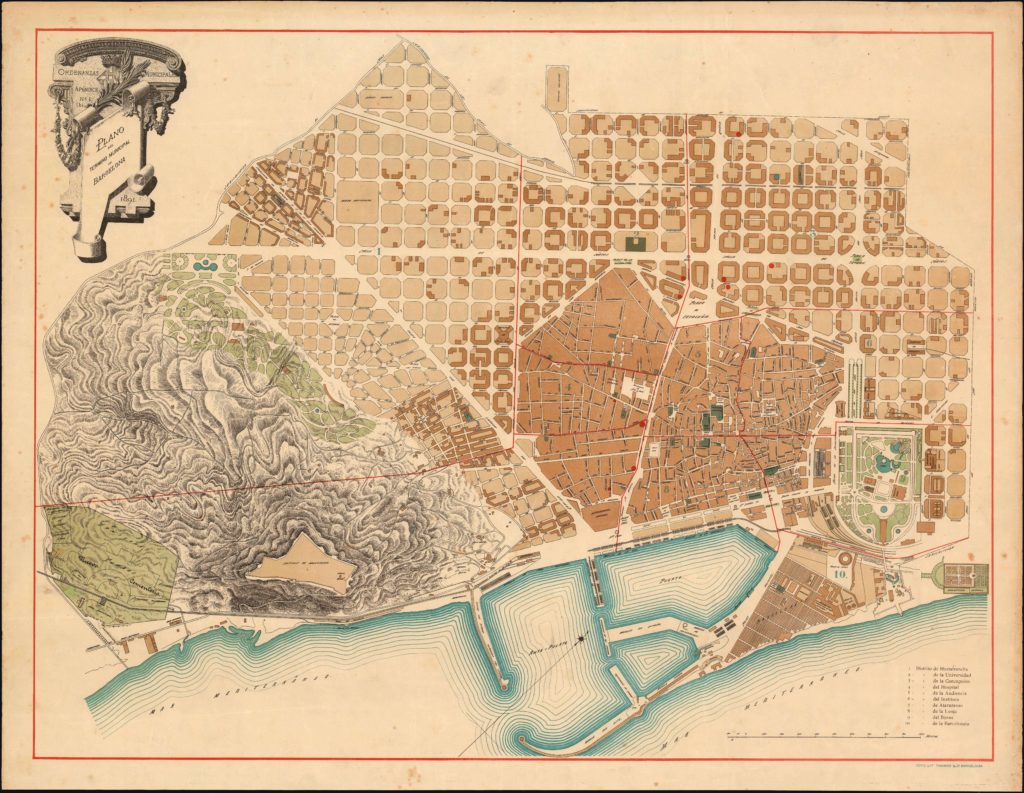
However, the demography of Ciutat Vella when compared to the other districts of Barcelona has a very unswerving yet plummeting impact on the economic context of the district.
Understanding Ciutat Vella today
These are maps to visualize data and contextualize them to then apply the idea of slow tourism and the digital platform medium as pipelines for re-boosting the economy of Ciutat Vella or maybe as a modular economic sample to other city centers of tourism.
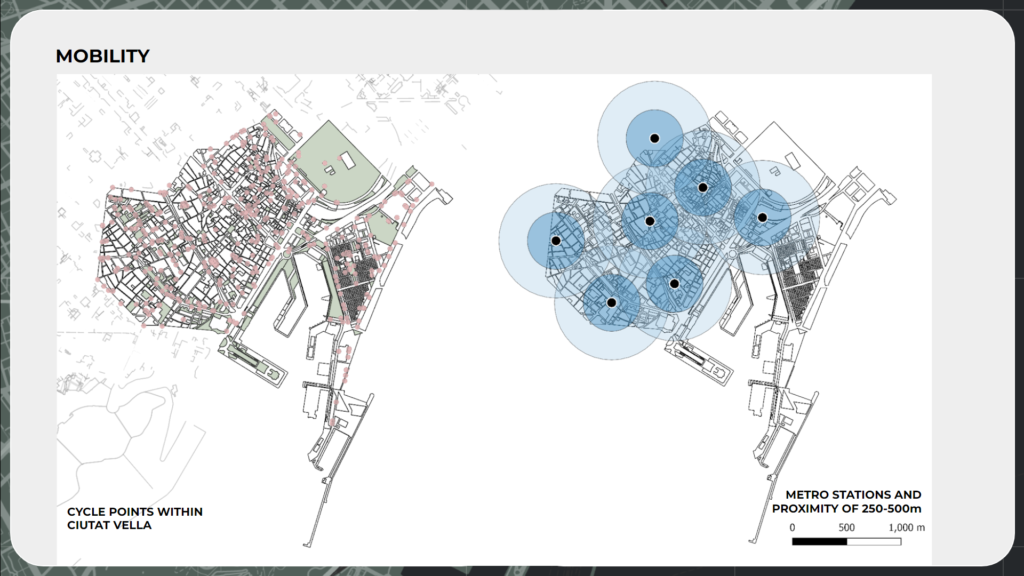
Looking at the urban fabric across the city and Ciutat Vella being extremely dense, vehicular transport is merely next to impossible within its mobility networks. The most efficient ways to get around Ciutat Vella would be by walking or cycling that is easily accessible across multiple points in the area. The larger scale connectivity to the area is also facilitated by multiple metro stops and them being of various lines as well making it super permeable to pedestrian inflow.
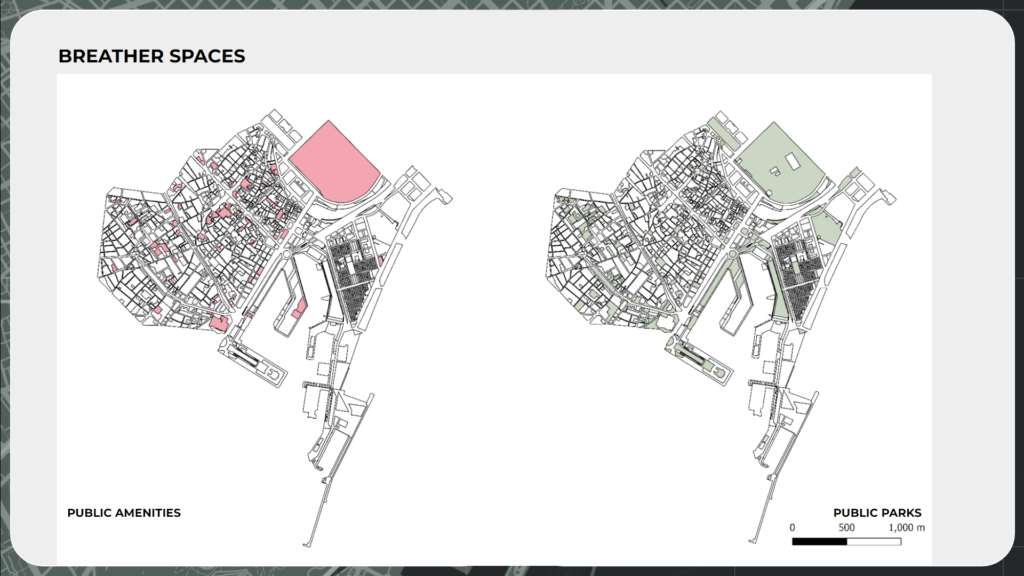
Whilst the fabric being dense, its morphologies also consist of breather spaces or lungs to break the monotony of the intensely packed networks of mobility. These breather spaces take the forms of public amenities like the zoo, multiple libraries, museums and alot of culturally significant activities or engagements whilst also portraying various green spaces like parks and gardens to create pockets of calmness and a sense of slowing down.
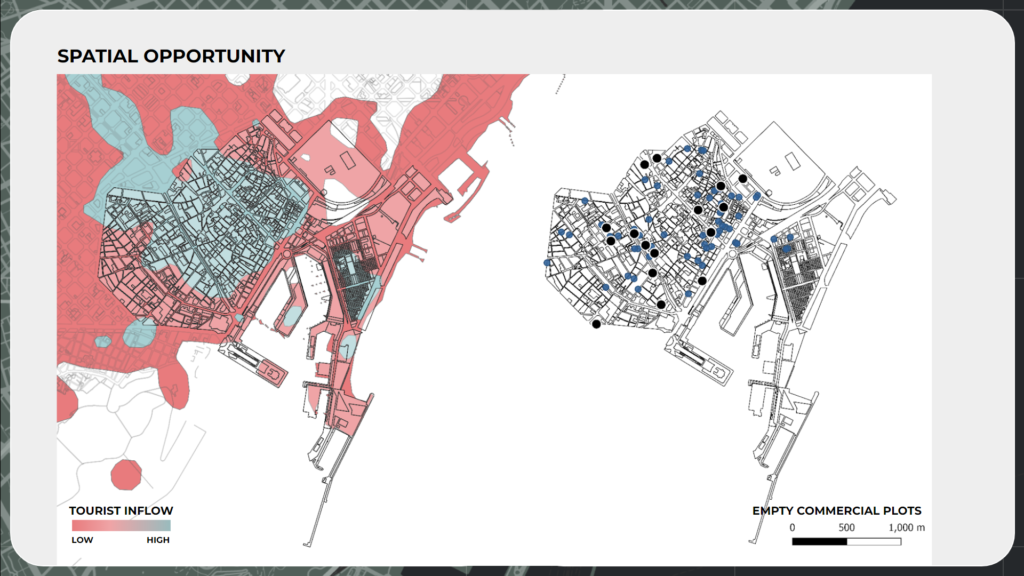
The opportunities to boost the economy of the area as well as provide incentives to stakeholders of the area is to play by the strengths of cultural significance of being the old city which leads to a storm of tourists rushing to the area. As well as using vacant commercial plots to introduce even more exciting stakeholders that may add value to certain hotspots within the area to attract even more tourists to eventually spend more time and money.
Slow Tourism: a means of Re-boosting Ciutat Vella’s Economy
slo-mo-go
The slo-mo-go is an app built to promote slow mobility in the neighbourhood of Ciutat Vella, with travellers as the end users. The vision of the app is to bring attention of the users to space of activity and people of the city. This platform essentially bridges the gap between the physical infrastructure and the anthropocentric narratives through the means of slow tourism. The inhabiting communities of the district are the back-end information providers of the system. This allows the users of slo-mo-go to be more aware of nodes of interest in their proximity and also slow down an explore more of the city.
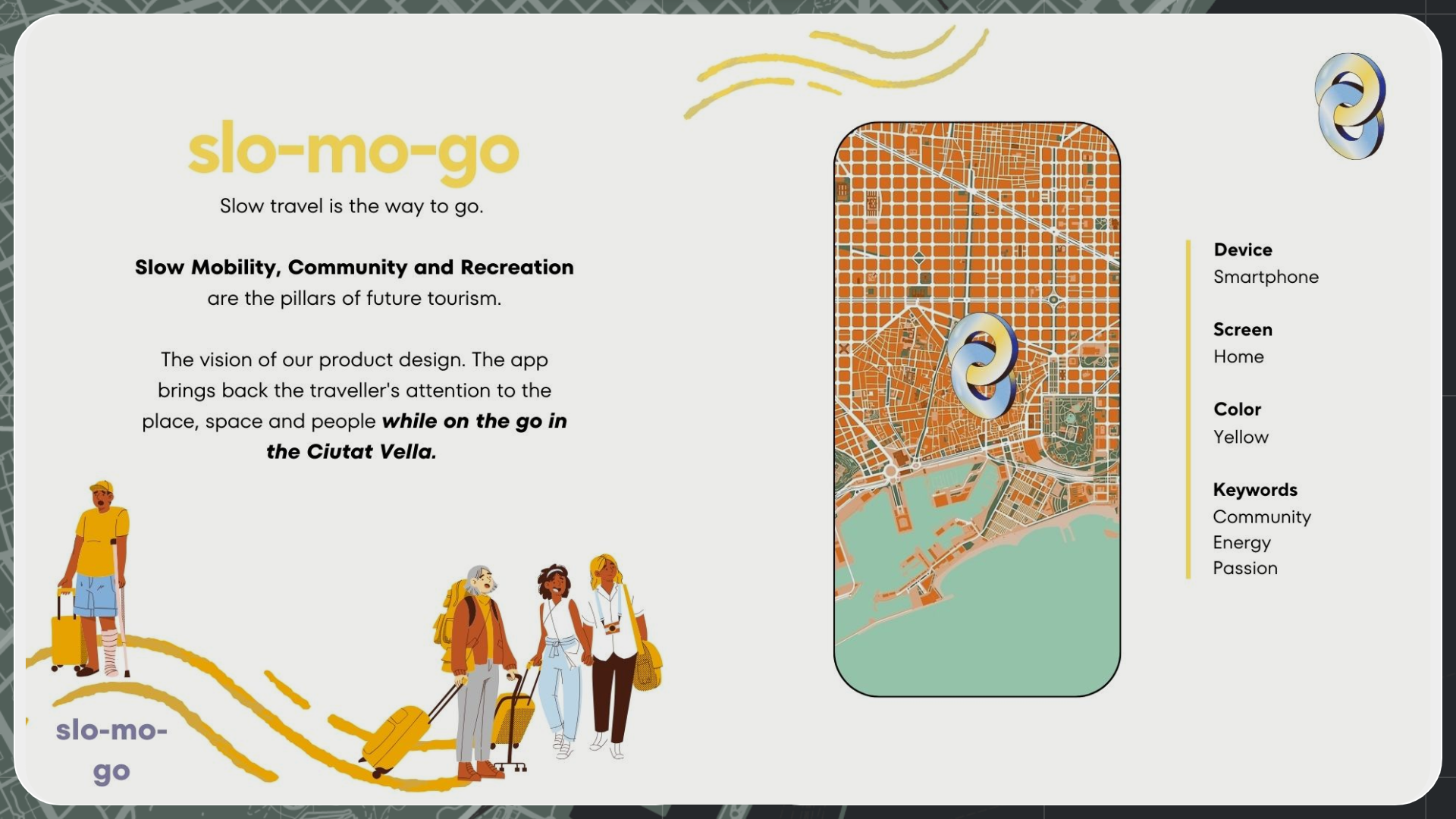
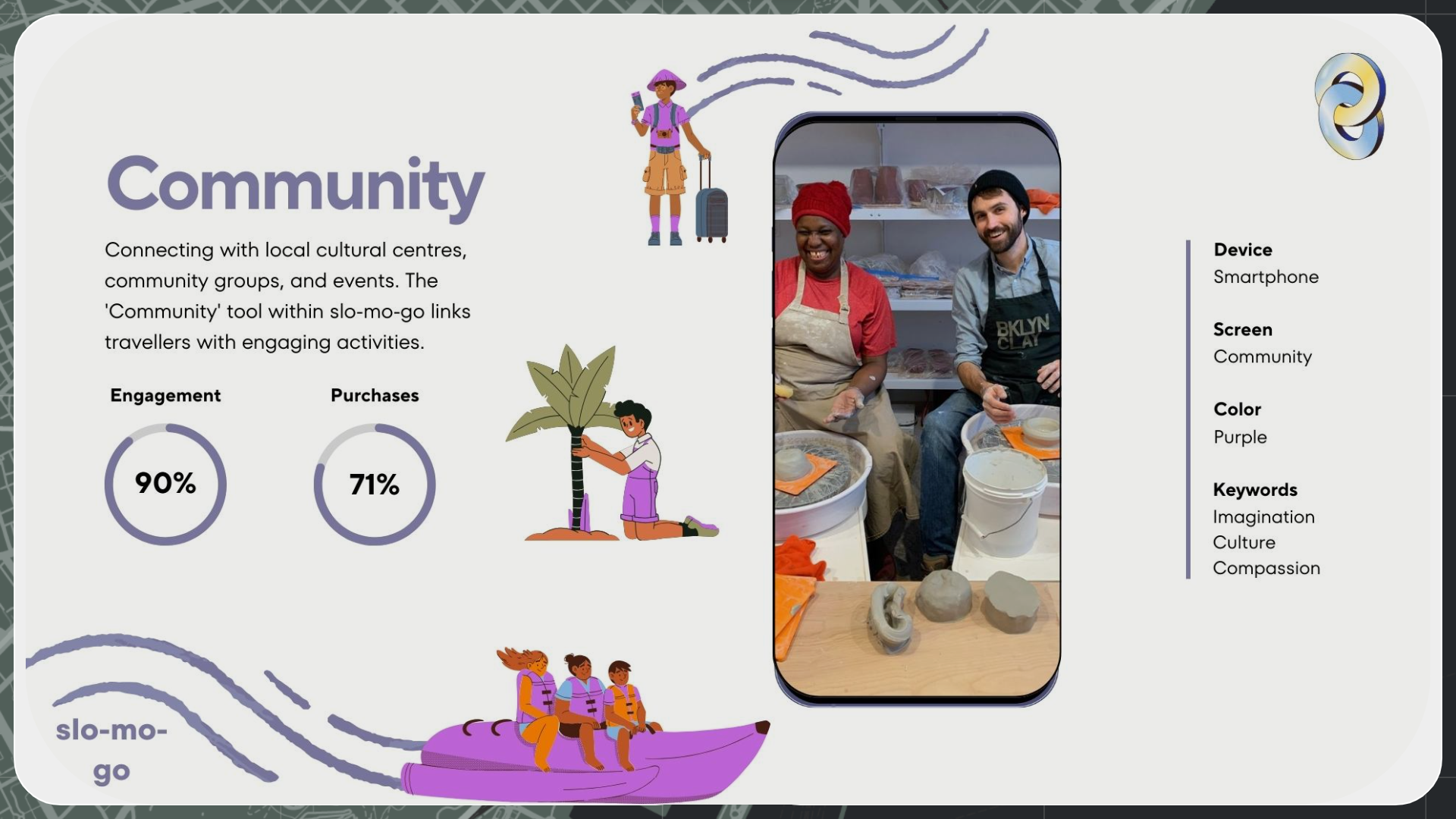
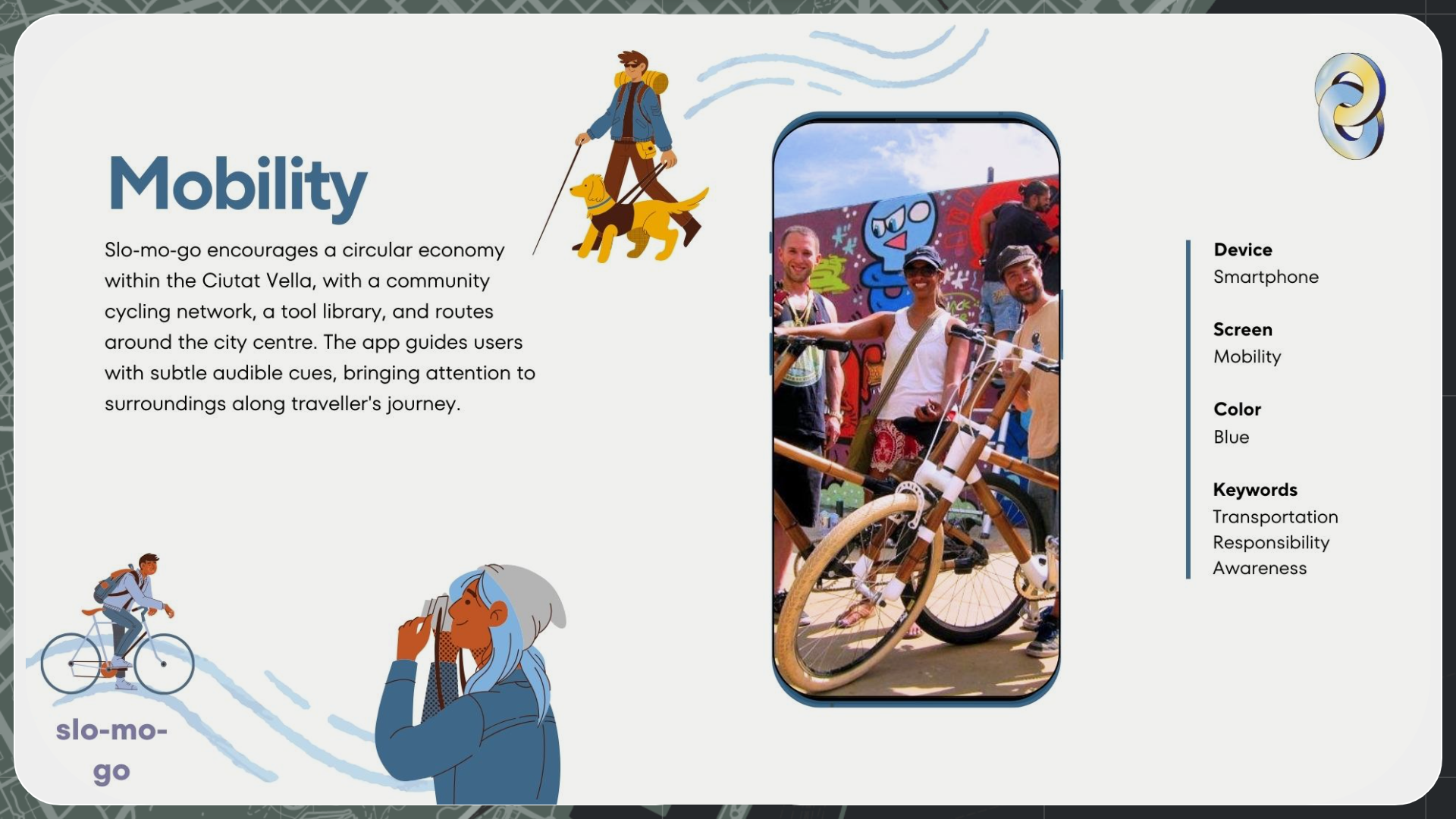
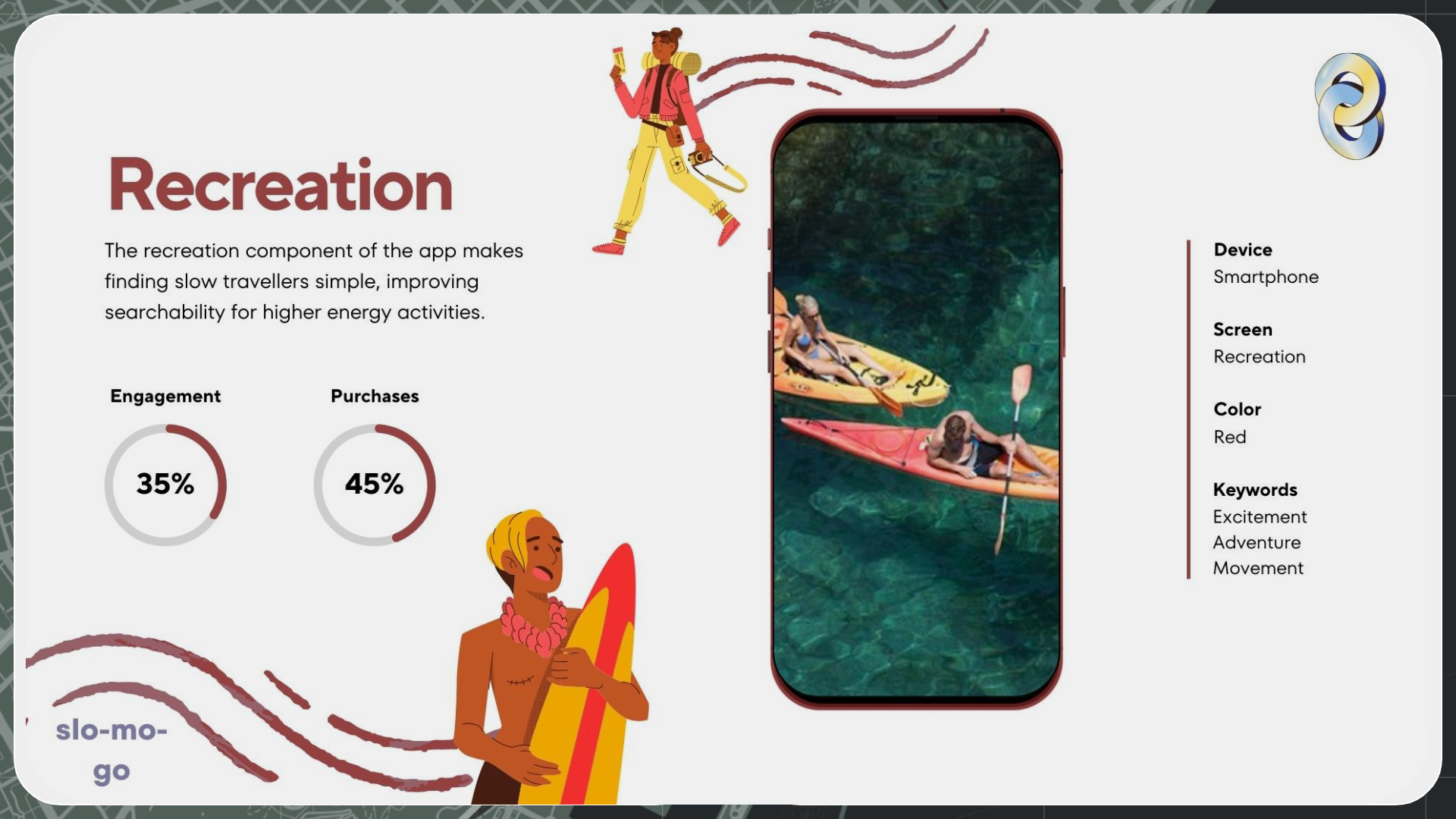
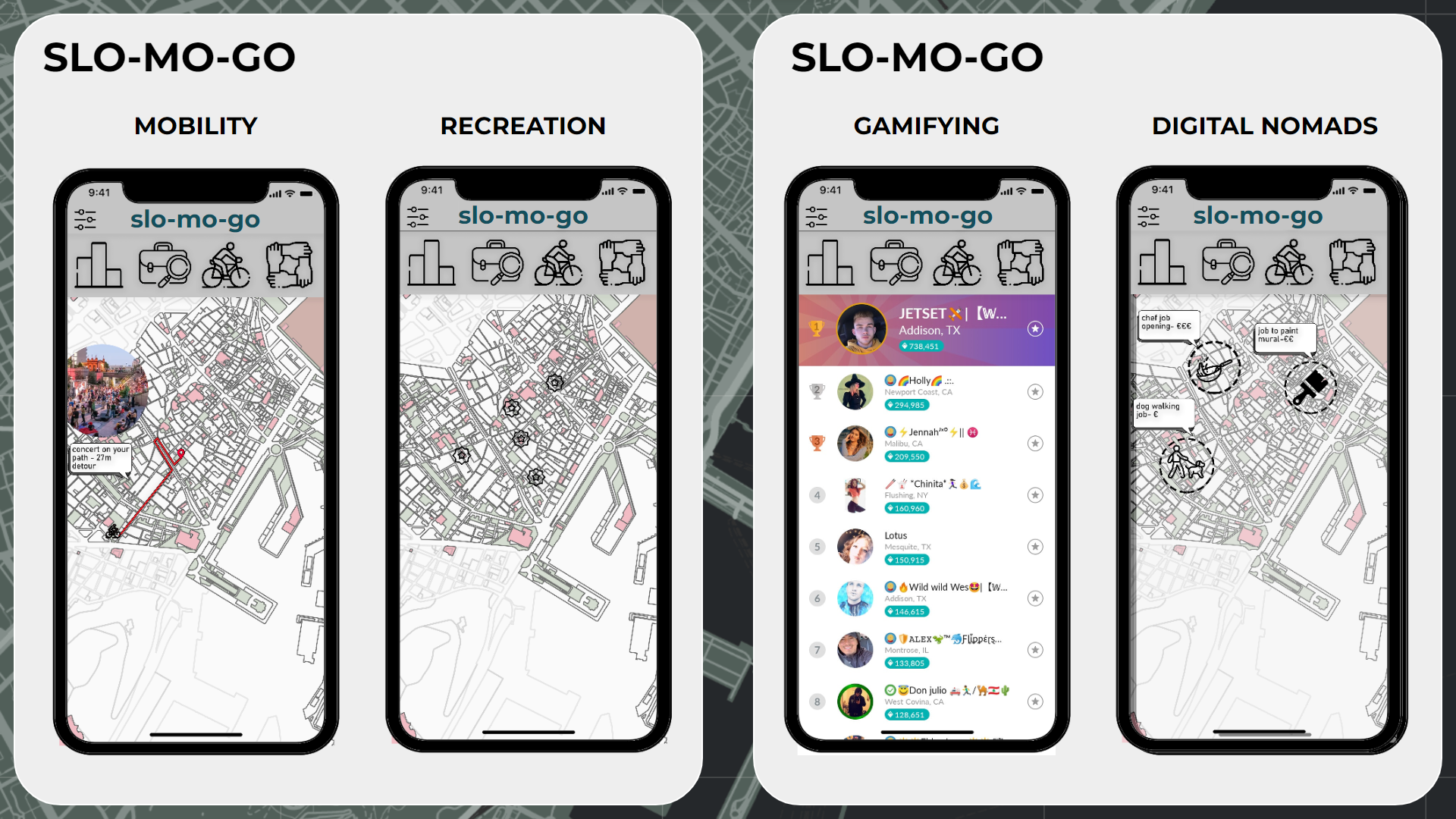
The interface of the app dumbs it down to 4 main categories of mobility, recreation, leaderboards and gamifying the process of community engagement as well as recreation (cultural or either) and digital nomads that might look for another source of income by looking for minor tasks or jobs within the community to enrich the participation of such nomads with the community they temporarily reside in.
The major use of the app is introducing the pop up features of notifying users of the app whilst navigating through the area to get recommendations from local stakeholders to promote their businesses but also just genuine patriots of various spaces and events to introduce them to the community in a more human to human intimate manner.
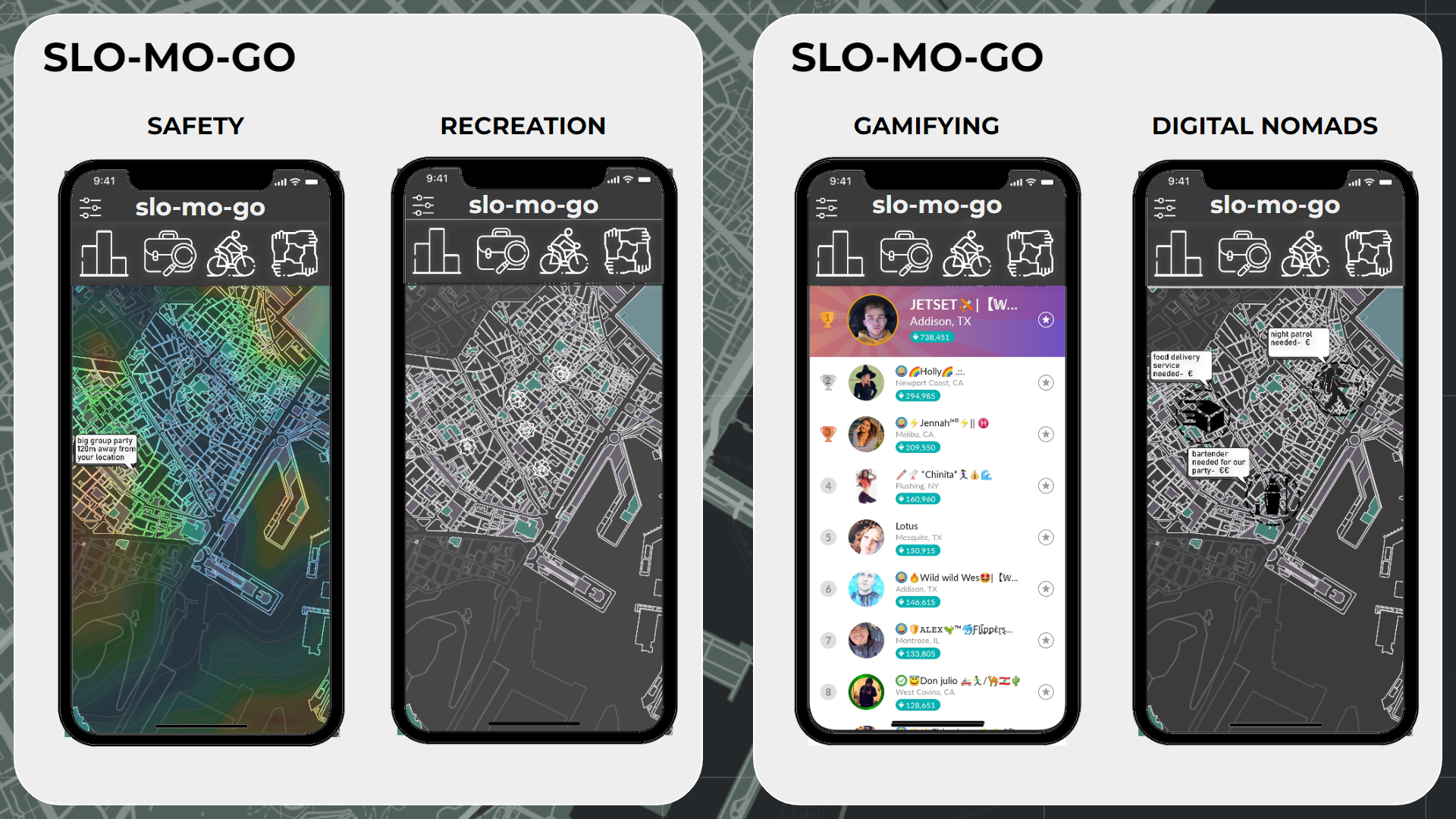
The night time app could have a set of alternative features of safety while navigating through the area in terms of mobility to identify spaces of more activity to ensure access to help in case of any mishappenings. The digital nomads feature could also connect to the idea of safety while providing work but also promoting the idea of a night walk or watch team to patrol and make sure spaces are safe and secure.
Conclusion
The goal of this digital tool is to use tourism as means to bring attention to the local and smaller stakeholders of the district. In a way, that the biggest economic sector of the district, Tourism, helps to re-boost the economic environments of the smaller stakeholders, community and the Ciutat Vella as a whole. Slow tourism will be a means to help tourists to take a breath and make informed choices of interacting with the community.

